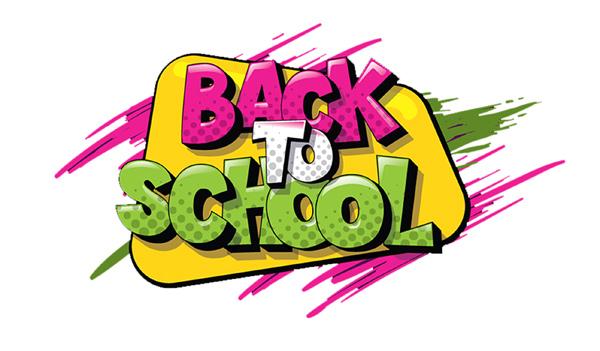By Rania Sayegh,
Learning Difficulty Specialist
Have you ever helped your child memorise material for a test and then end up with your child going “blank” during the exam? To help your child reduce “blanking out”, your child needs to practise and try different memory strategies.
The brain unique to every child
It’s important to know that each brain works differently.
Your goal is to help your children find the best strategies for getting the brain, which is unique to them, to store information in their long-term memory.
Here are seven memory strategies and tips to try with your children until you find their main memory pathway:
1. Spreading memory work over several sessions
With adequate opportunity for the repetition of information, your child will have the chance to retain information. Sometimes we think that the longer they study, the more our children will learn.
Unfortunately, the reverse is true. Shorter periods of memory work- not more than two hours each (depending on your child’s age) — are far better than six hours of frantic cramming.
2. Reciting material out loud
Teaching your children to question the selves and to answer themselves too, aloud is a great way to memorise information.
Here’s a tip from me to you: Ensure that your child is using all senses and simultaneously encourage your child to: SEE it by reading and visualising the material SAY it by answering questions aloud WRITE it by answering questions from the text book and highlighting major points REPEAT these 3 points until your child has mastered the material.
3. Organising material into meaningful patterns
We remember more information if it is grouped into related units. Therefore using mind maps, divided pages, charts and highlighting information to organise it into a main idea, are all useful strategies to help retain information.
You can also teach your child how to remember by drawing the link between the text and your child’s knowledge of the topic. This is called a mind map with lots of pictures and colours.
4. Finding the pathway that works
Your child can draw diagrammes, storyboards, or timelines to help retain information Recording summaries digitally, acting out the information, or even using a combination of pathways is another good tool.
5. Testing and retesting Try the following steps:
A. Memorising the first item b. Going on to the second item and memorise it.
B. Repeating the first item and the second from memory.
C. When your child has momorised these two items, then go on to the third.
D. After memorising the third item, your child can repeat items one, two and three.
E. Continue in the same manner until your child learns by heart all items.
6. Overlearning
Have your child summarise short passages or chapters, possibly recording key ideas on flash cards or reading these summaries into a recorder. Review material that has been learned several times.
When final examinations or monthly tests come around, your child will have mastered material. For maths, you can encourage your child to rework the model or sample 5 times to deeply encode the correct process.
7. Recalling
Using memory hooks will help your children remember information. Here are some suggested techniques to promote remembering:
A. Using mnemonics or silly sentences where you hook the idea into your memory bank by using a single letter or catchword to pull up more information.
For example: “Please Excuse My Dear Aunt Sally” helps students to navigate maths formulas (parentheses, exponents, multiplication, division, addition and subtraction).
B. Drawing cartoons or using mental imagery: Try to model the processes you use to remember by describing a picture you created in your mind that helped you understand and remember what you read.
c. Encouraging your child to sing information using rap and rhymes that might help recall information Memory strategies help us learn how to learn by focusing on the process and the plan rather than just the outcome or the content of learning.
The goal is for children to carry many of the strategies and habits learned during the school years, throughout life to enhance lifelong learning. While it is true that, as adults, we are generally not asked to calculate a page of maths facts, it is also true that we will be asked to learn new information, analyse tasks, organise data and plan our activities. These are lifelong skills that are critical for all of us to acquire at an early age.
Reprinted with permission from Family Flavours magazine



















